Question of the Week: May 30, 2019 – Number Two
“Now that I’m declaring my redtip photinias a complete loss, what are my best replacements?”
I have never seen a year like this as far as Entomosporium fungal leaf spot was concerned. It has ravaged redtip photinias (and Indian hawthorns) as never before.
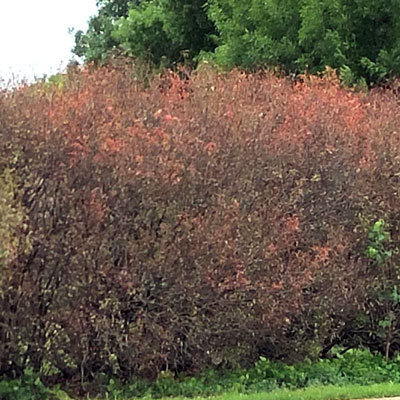
Thank heavens you didn’t ask about replanting more redtip photinias. I see many people doing that and it’s so sad to see it happening. They, too, will soon fall victim to this really terrible disease.
The best replacements…
For most of Texas, these are the shrubs I’d suggest for screening plants in the 8-18 ft. range.
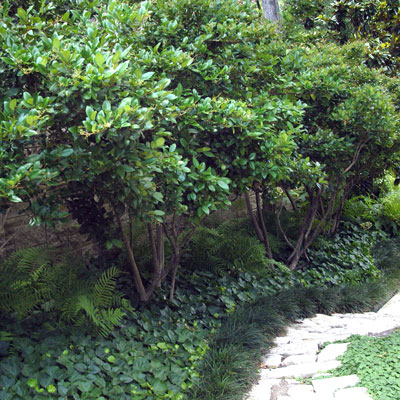
Waxleaf ligustrum
This has been a really popular landscaping shrub for 60 years across Texas. It fell from favor for a while in the past 25 years, but as redtips declined, we rekindled our interest. It grows to 10 or 12 ft. tall and 8 ft. wide. Its white flowers in late spring are favorites of butterflies and bees (and of some people), but the good news is that they do not set seed. That makes this plant infinitely superior to the highly invasive Japanese ligustrum (Japanese privet) and Amur River privet. Waxleaf needs full or part sun.
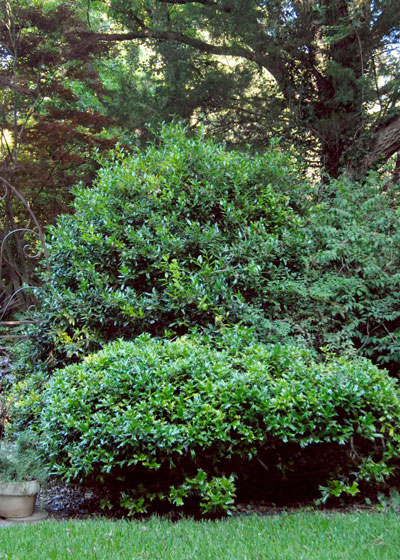
Needlepoint holly
Also known as Willowleaf holly, this is a variation of regular Burford holly. It’s much more relaxed in its habit of growth, however. Mature height is 10-12 ft. and width 8-10 ft. It bears large red berries each winter. It’s a stellar shrub in both sun and shade.
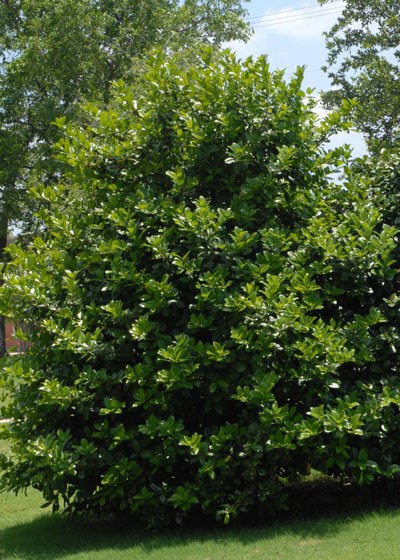
Oakland holly
If you’re looking for a rather formal, pyramidal holly, this might be your best choice. It grows to 10-12 ft. tall and 8 ft. wide. Its leaves are toothed and handsome, although they’re not especially prickly. It, too, is suited to both sun and shade. It grows somewhat more slowly than the other plants listed in my experience. It does not bear fruit.
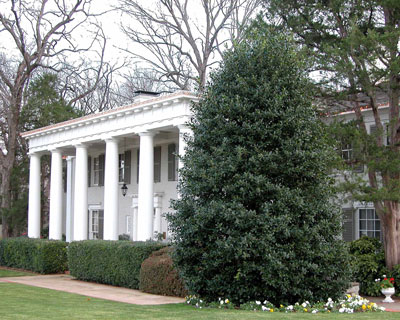
Nellie R. Stevens holly
This is a glorious large screening shrub that grows to be 14-20 ft. tall and 12 ft. wide. Its leaves are boldly dark green, and its berries are large and deep red. They persist all winter until finished off by the migrating birds of early spring. If you need a tall screen, this is the best. Set plants 7-8 ft. apart in their rows. Sun or shade.
